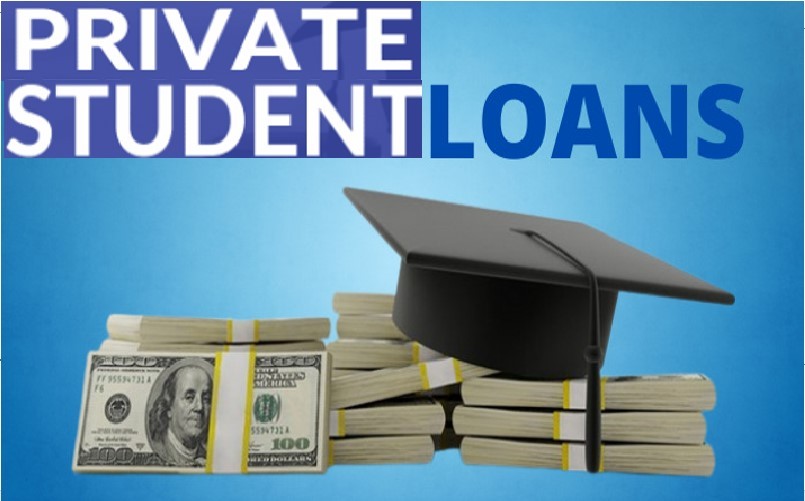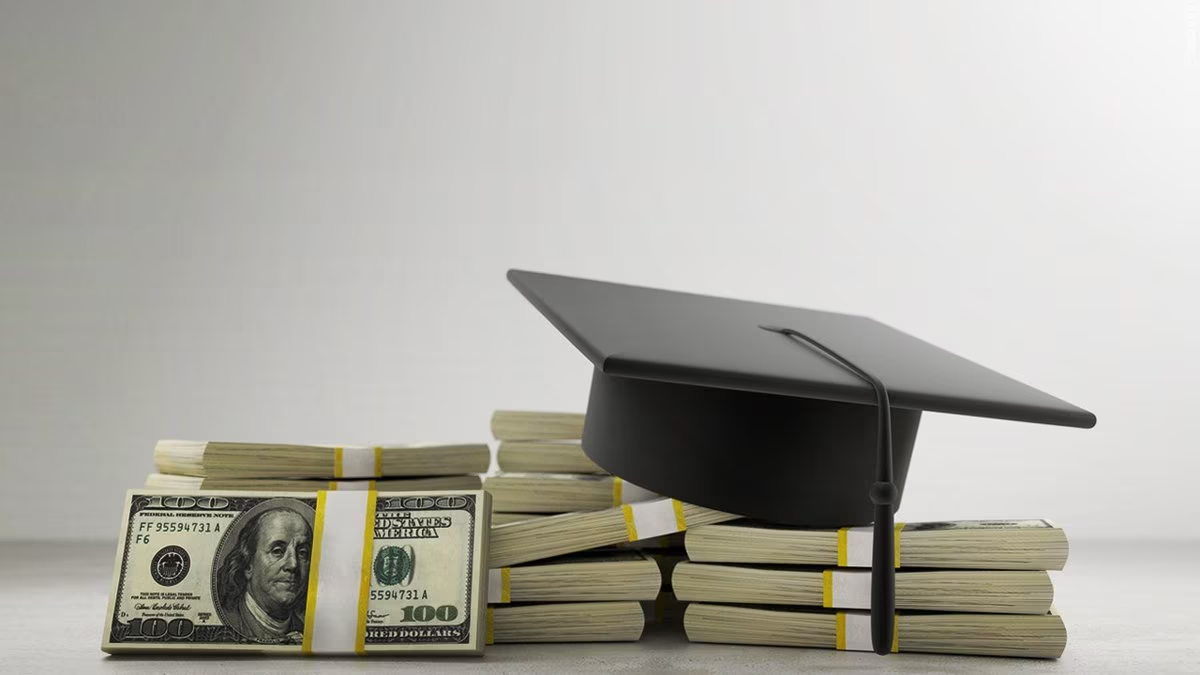Taking control of your financial future includes managing any debt you might have accrued, and that often involves student loans. You’re not alone if you’ve defaulted on private student loans. There are ways to navigate this situation and steps to get your loans out of default. Here’s a comprehensive guide on how to get your private student loans out of default.
Understand What Default Means
Default is a term used to describe the status of a loan when the borrower has failed to make payments for a significant period. The period after which a loan defaults may vary by lender, but for private student loans, it’s typically 120 days of missed payments. In default, your entire loan balance becomes due immediately, and you may face additional consequences such as credit damage, increased interest rates, and potential legal action. Understanding these implications is the first step towards resolving default.
Contact Your Lender
Engaging with your lender is essential in managing a loan in default. Lenders usually have various programs and options for borrowers facing financial hardship. They can provide detailed information about your loan status, due amount, and possible charges. When you contact them, be open about your situation and ask about available options for returning your loan to good standing.
Evaluate Your Options
When dealing with default on private student loans, some of your potential options can include:
Loan Rehabilitation
Rehabilitation programs allow you to restore your loan to good standing by making agreed upon payments over time. While it’s a common option for federal loans, some private lenders may also provide similar programs. However, each lender’s program will differ, and some may not offer rehabilitation.
Loan Consolidation
Consolidation involves taking out a new loan to pay off the existing loan or loans. This could mean working with a different lender offering better terms, a lower interest rate, and, ideally, a payment you can afford. Researching and comparing lenders thoroughly is important to ensure you make a beneficial choice.
Negotiate a Settlement
In some cases, you can negotiate a settlement with your lender. This means paying a lump sum that is less than what you owe. Lenders may accept this option if they believe it is the best way to recover some of their losses. However, this can have tax implications because the IRS might consider the forgiven debt taxable income.
Seek Professional Help
If you need help navigating your options or communicating effectively with your lender, seeking professional assistance can be beneficial. A student loan attorney or certified credit counselor can help guide you through your options, negotiate on your behalf, and provide advice tailored to your unique financial circumstances. Ensure any professional you engage with is accredited and maintains a solid reputation in the field.
Repair Your Credit
You must repair your credit score once your loans are out of default. Your payment history significantly affects your credit, so making future payments on time will gradually help to improve your credit score. Other strategies can include:
- Paying off any other outstanding debts.
- Keeping your credit card balances low.
- Only apply for new credit appropriately.
Stay Current with Your Payments
After your loan has been rehabilitated or consolidated, it’s crucial to keep making regular payments to avoid falling into default again. Set up automatic payments, and make more than the minimum payment if possible. If you foresee issues with making payments in the future, contact your lender immediately to discuss your situation and explore potential solutions.
Make a Financial Plan
Creating a realistic financial plan will help you manage your money better and prepare you for future financial difficulties. This plan could involve budgeting, saving money, reducing unnecessary expenses, and exploring ways to increase your income. A financial safety net can significantly reduce the stress of managing debt and help prevent future defaults.
Conclusion
Dealing with private student loans in default can be an overwhelming experience, but understanding that options are available can make the situation less daunting. By understanding what default means, reaching out to your lender, evaluating your options, and seeking professional help, you can find a way to navigate this challenging circumstance. Remember, the aim is not just to get your loans out of default but also to put measures in place to help you stay current with your payments and improve your overall financial health. The road to financial recovery may seem long, but with the right strategies and determination, you can regain control of your financial future.
FAQs
What does it mean for a student loan to be in default?
A student loan defaults after you’ve missed payments for a significant period, typically 120 days for private student loans. This means the entire loan amount becomes due immediately.
Can I consolidate my private student loans to avoid default? Yes, consolidation is a viable option to manage defaulted loans. This involves taking out a new loan to pay off your existing loans, potentially with better terms and a lower interest rate.
What is loan rehabilitation?
Loan rehabilitation is when you make a series of agreed upon payments to restore your loan to good standing over time. This option is more familiar with federal student loans, but some private lenders may offer a similar program.













